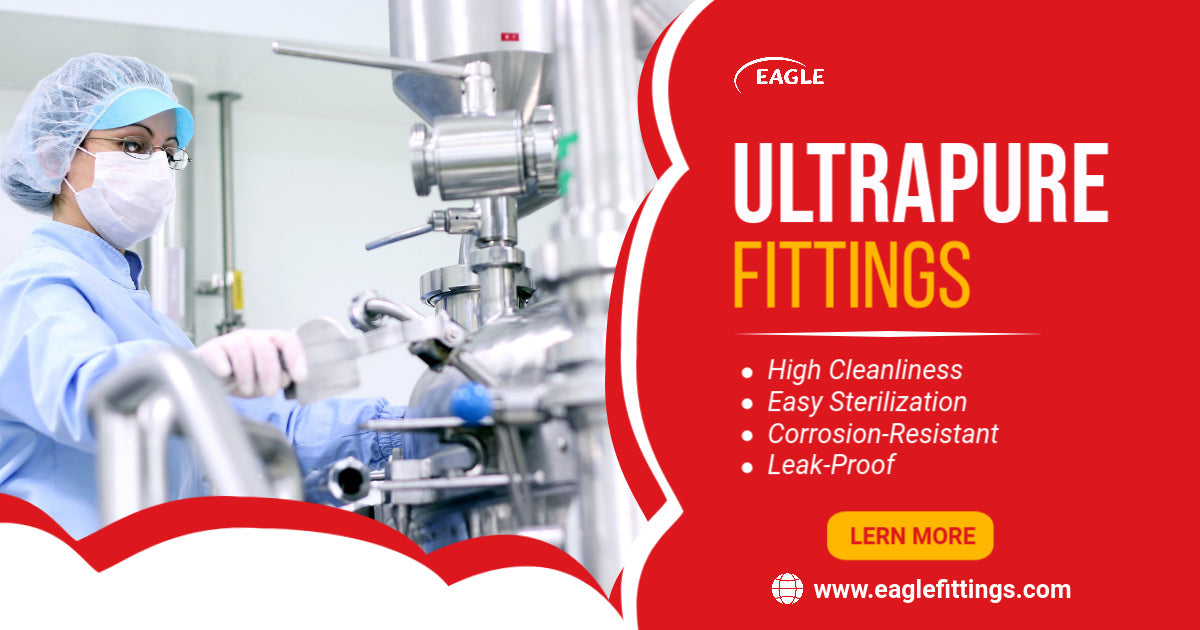In industrial systems—whether chemical processing, water treatment, or food manufacturing—pressure regulation is critical to safety and efficiency. Two unsung heroes in this field are air relief valves and vacuum relief valves. While they sound similar, their roles are vastly different.
If you’ve ever wondered, “What’s the real difference between these two valves?” you’re in the right place. In this guide, we’ll break down their functions, applications, and design features, with a focus on vacuum relief valves (including popular types like 1/4 NPT vacuum relief valves and air vacuum relief valves). By the end, you’ll know exactly which valve your system needs.
What Are Air Relief Valves and Vacuum Relief Valves?
Let’s start with the basics:
Air Relief Valve: Releasing Excess Air
An air relief valve (also called an air vent valve) is designed to remove trapped air from liquid-filled systems. When fluids flow through pipes or tanks, air pockets can form—causing noise, reduced efficiency, or even pipe damage. The valve automatically opens when air accumulates, releasing it to the atmosphere, then closes once the air is gone.
Vacuum Relief Valve: Preventing Dangerous Vacuums
A vacuum relief valve (or vacuum breaker) does the opposite: it prevents harmful vacuums inside a system. A vacuum forms when liquid drains out faster than air can replace it (e.g., during tank emptying or cooling). If left unaddressed, a vacuum can collapse tanks, deform pipes, or damage pumps. The vacuum relief valve opens to let air in, equalizing pressure and protecting the system.

Key Differences: Air Relief Valve vs. Vacuum Relief Valve
While both valves manage pressure, their purposes, mechanics, and applications diverge significantly. Here’s how:
1. Core Function
- Air Relief Valve: Eliminates excess air to prevent overpressure, noise, or flow disruption.
- Vacuum Relief Valve: Admits air to eliminate vacuums, preventing structural damage.
2. Operating Pressure
- Air Relief Valve: Opens when internal pressure exceeds atmospheric pressure (positive pressure).
- Vacuum Relief Valve: Opens when internal pressure drops below atmospheric pressure (negative pressure/vacuum).
3. Design and Mechanism
- Air Relief Valves: Often have a float or spring-loaded mechanism. As air rises, it displaces liquid, lifting a float to open the valve.
- Vacuum Relief Valves: Typically use a spring or weighted disc. When vacuum forms, the external atmospheric pressure overcomes the spring force, pushing the disc open to admit air.
4. Common Applications
-
Air Relief Valves:
- Water distribution systems (to prevent “water hammer” from air pockets).
- Hydraulic systems (to maintain fluid purity and pump efficiency).
- Heating systems (to ensure radiators fill completely with hot water).
-
Vacuum Relief Valves:
- Chemical storage tanks (during filling/emptying to prevent collapse).
- Food and beverage processing (e.g., milk tanks, syrup storage).
- Pharmaceutical manufacturing (for sterile containers needing pressure balance).
Why Vacuum Relief Valves Matter: Real-World Scenarios
Vacuum relief valves are critical in systems where pressure drops are common. For example:
- Tank Emptying: When a chemical tank drains, the liquid level drops. Without a vacuum relief valve, the tank could implode as air can’t rush in fast enough.
- Cooling Processes: After high-temperature operations (e.g., pasteurization), tanks cool, causing internal pressure to drop. A vacuum relief valve prevents deformation.
- Pump Shutdown: If a pump stops suddenly, liquid may backflow, creating a vacuum. The valve acts as a safety net.
Pro Tip: For small-scale systems (like lab equipment or compact storage tanks), 1/4 NPT vacuum relief valves are popular—their threaded connection (NPT = National Pipe Thread) ensures a tight seal in limited spaces.

Air Vacuum Relief Valves: The Hybrid Solution
Some systems need both air and vacuum protection. Enter air vacuum relief valves—a dual-function design that handles both positive and negative pressure. These valves:
- Release excess air (like a standard air relief valve).
- Admit air to break vacuums (like a vacuum relief valve).
They’re common in:
- Fire protection systems (to prevent pipe collapse during water drainage).
- Irrigation networks (to balance pressure in long, elevated pipelines).
How to Choose the Right Valve for Your System
Selecting between an air relief valve, vacuum relief valve, or hybrid depends on:
1. System Pressure Range
- If your system risks overpressure (e.g., hot water expanding in a closed loop), an air relief valve is key.
- If it risks vacuums (e.g., draining tanks), a vacuum relief valve is critical.
2. Size and Connection Type
- For small pipes or equipment, 1/4 NPT or 1/2 NPT vacuum relief valves work best.
- Larger industrial systems may need flange-mounted valves for higher flow capacity.
3. Material Compatibility
- Stainless steel valves resist corrosion (ideal for chemical or marine environments).
- Brass or polypropylene options are cost-effective for non-corrosive fluids (e.g., water).
Maintenance Tips for Long-Lasting Valves
- Regular Inspections: Check for debris, rust, or stuck mechanisms (especially in dirty environments).
- Test Functionality: For vacuum relief valves, simulate a vacuum (e.g., with a hand pump) to ensure they open at the rated pressure.
- Clean Seals: Replace worn O-rings or gaskets to prevent leaks.
Final Take: Know Your Pressure Needs
Air relief valves and vacuum relief valves may look similar, but their roles are worlds apart. By understanding their differences—from core functions to real-world applications—you can protect your system from costly damage and ensure smooth operation.









